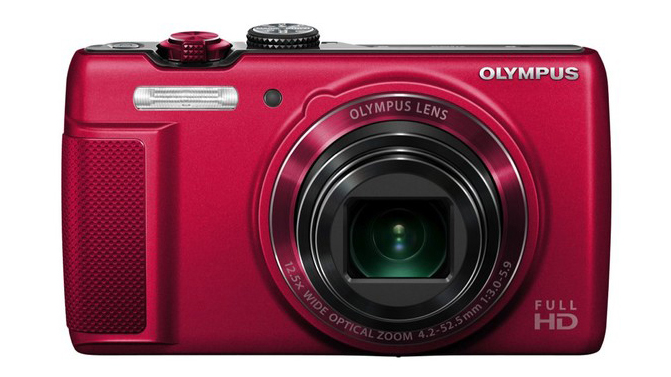Why you can trust TechRadar
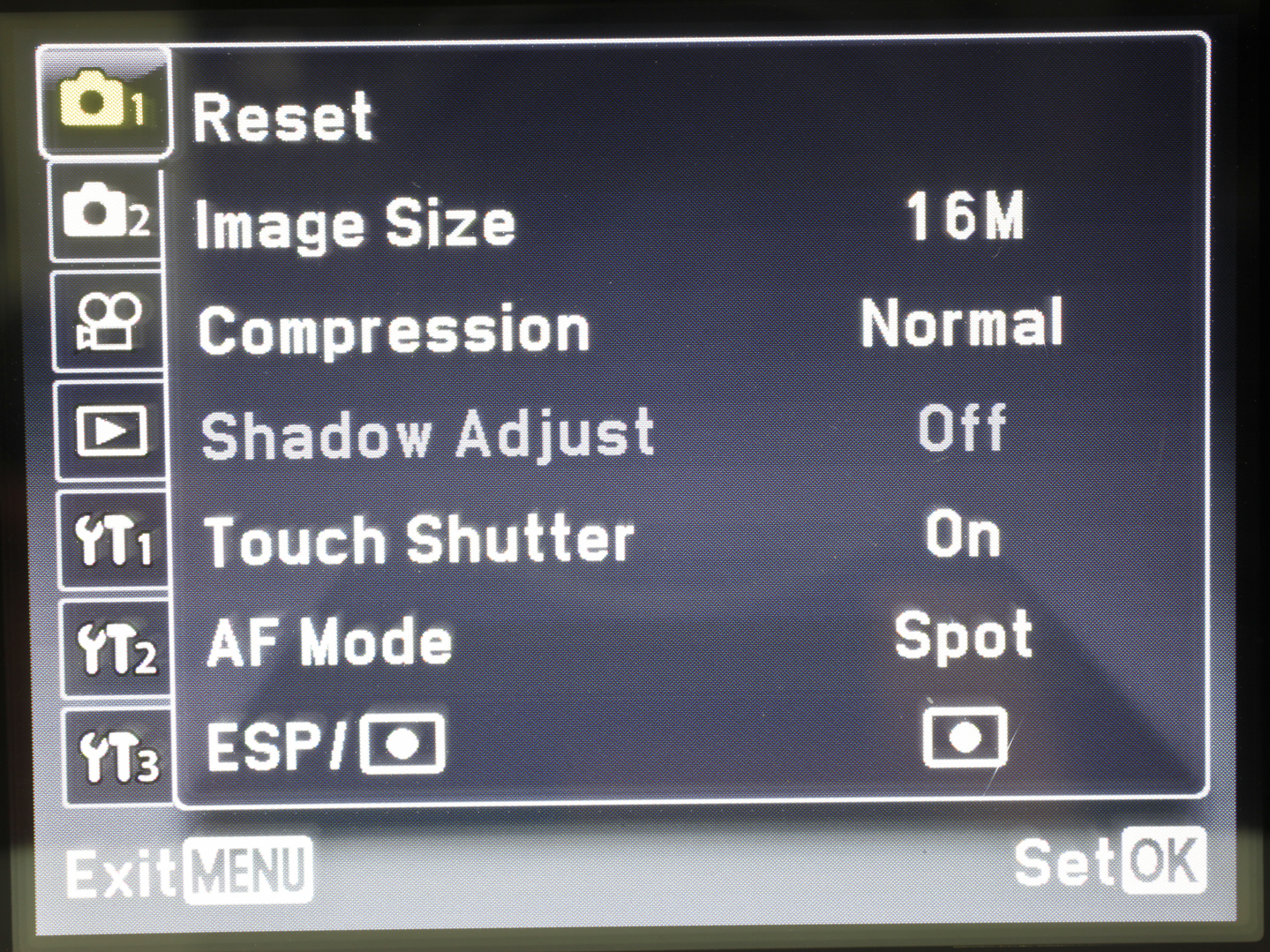
Noise at high sensitivities is handled well by the Olympus SH-21's backlit CMOS sensor. No significant noise is present until ISO 800, and even then what noise there is takes on a fine granular appearance.
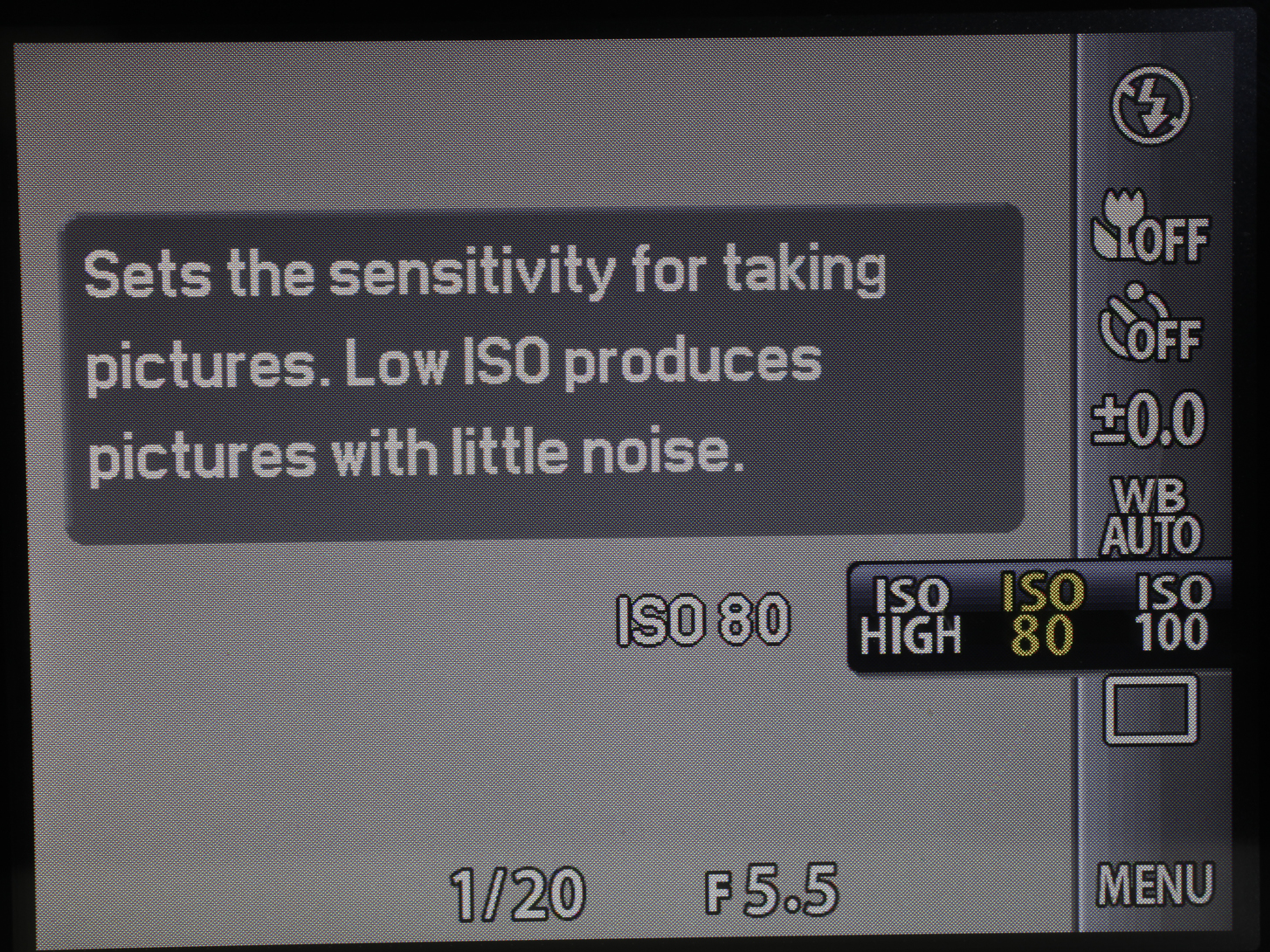
Softening due to noise reduction starts to affect images noticeably at ISO 1600 and beyond, with images taken at ISO 3200 showing less vibrant colours than images taken at lower sensitivities.
Pictures taken at ISO 1600 and beyond should certainly be suitable for reproduction at normal high street lab sizes and for sharing on the web.
Convenient as the 12.5x zoom lens may be, images taken at the telephoto end of the zoom can appear slightly soft, which is a little disappointing.
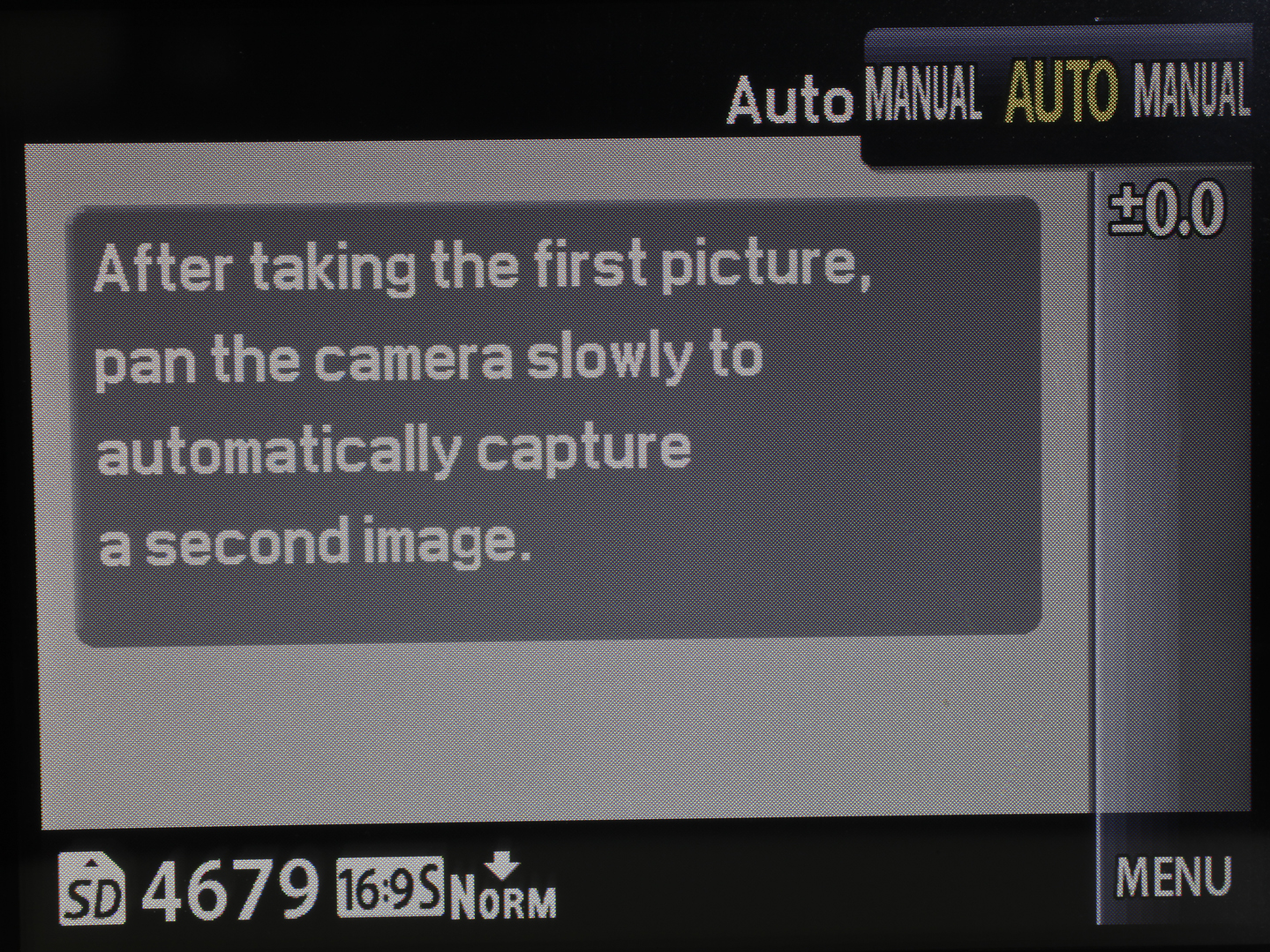
Colours reproduced by the Olympus SH-21 can often be quite subdued when compared to the output from similar cameras from other manufacturers. Choosing the appropriate automatic scene option, such as Landscape mode, can give colours a lift.
Auto white balance performs well under artificial lighting, correcting colour casts just enough to retain the atmosphere of the scene.
It may pay to familiarise yourself with the exposure compensation feature when shooting with the Olympus SH-21. The iESP exposure system tends to err on the bright side, resulting in blown highlights.
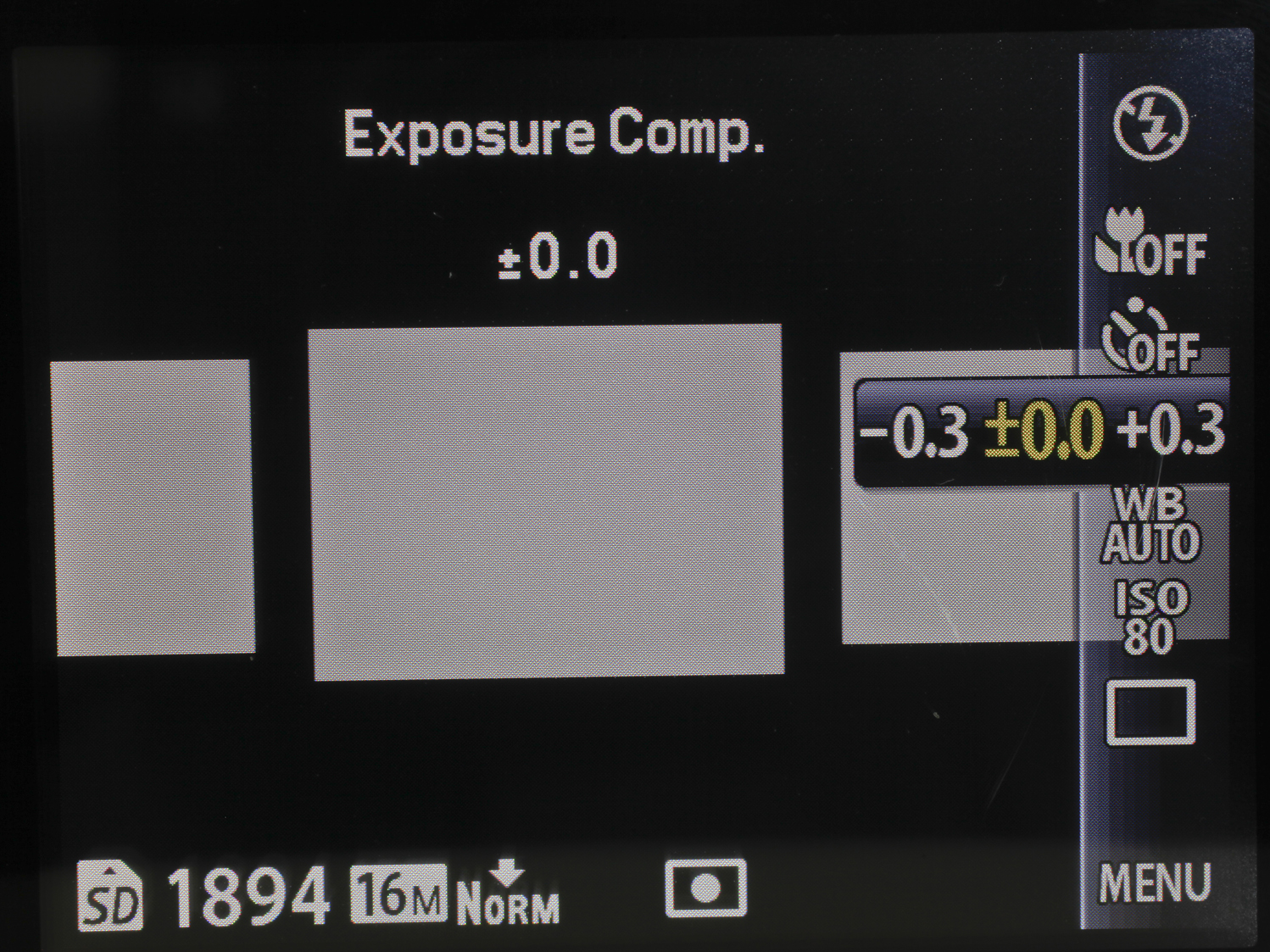
Using face detection for portraits dramatically improves the accuracy of metering, as well as focusing. High-contrast scenes in particular will fool the iESP metering, often with unpredictable results.
